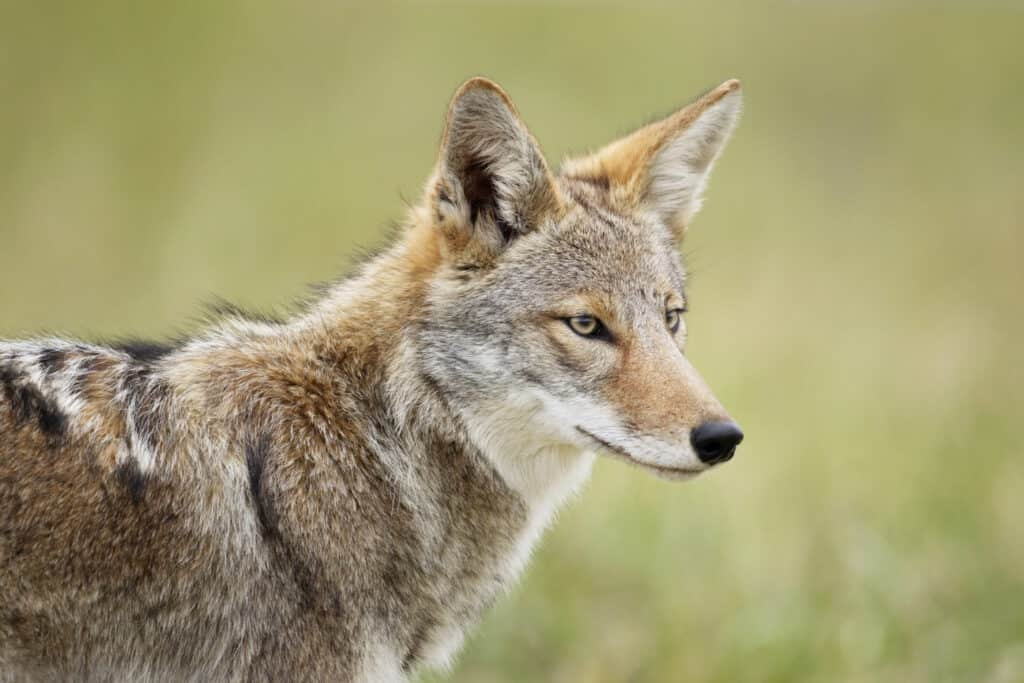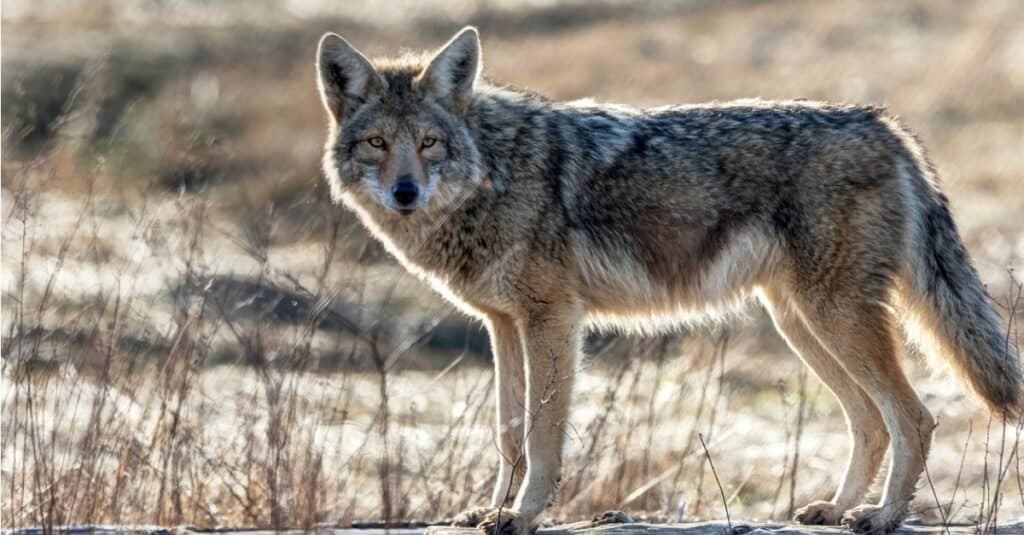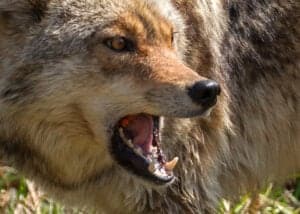The coyote, or Canis latrans, is a type of wild dog that has always existed in the Americas. The ecological role it fills in North America is analogous to that of the golden jackal in Eurasia. A behavioral ecologist has renamed the coyote the American jackal. However, it has evolved into a larger and more formidable predator.
Currently, there are 19 recognized subspecies of coyotes. Coyotes in the northeastern United States have mated with several wolf species in the past and continue to do so today. This continues to create the larger eastern coyote subspecies. “Coywolf” hybrids consisting of coyotes and wolves of various species have been documented. Genetic analyses indicate that most wolves in North America likely descend from coyotes. This begs the question; how many coyotes are left in the world? This article aims to address this topic!
How Many Coyotes Are Left in the World?

The global population of coyotes is a mystery, even to experts. The number might be anywhere from a million to ten million.
©Mircea Costina/Shutterstock.com
Experts still have no idea how many coyotes there are in total across the globe. Estimates range from 1 million to 10 million. It really boils down to there being too many to count. Half a million coyotes are killed every year as part of efforts to keep their population in check. In spite of bounties and widespread efforts to eradicate them over the course of the previous century, the range of coyotes has expanded significantly throughout the entirety of the United States and Canada.
One study found that even if 75% of a population of coyotes were killed each year for the next half-century, it would not be enough to completely wipe out the species.
Is The Coyotes Population Endangered?
There is no threat of extinction facing the coyote population. In fact, their numbers may even be increasing. These adaptable canids can be found all the way from Canada to Mexico. Some can even be found down in Central America on the continent of North America.
Due to its widespread presence in North America, the coyote has earned the status of “least concern” from the International Union for the Conservation of Nature. Coyotes are abundant in many cities because the species is adaptable and can thrive in human-altered ecosystems. In 2013, someone saw a coyote for the first time east of the Panama Canal in eastern Panama.
It is not illegal to hunt coyotes in the United States or any of the other countries in North America because they are not an endangered species. Red wolves, on the other hand, are afforded protection by the United States Fish and Wildlife Service.
How Are Coyotes Beneficial to Our Ecosystem?

In some ecosystems, coyotes are the top predator, regulating the numbers of other predatory animals.
©Paul Tessier/Shutterstock.com
Coyotes are the dominant carnivores in some ecosystems. As a consequence, they help control the population sizes of other predatory species such as skunks, raccoons, and foxes, which in turn contributes to an increase in the overall amount of species variety.
However, coyotes in abundance are believed to be bad for the ecosystem. This is because they prey upon certain endangered species and farm animals. Therefore, hunting them is deemed beneficial to the environment, farmers, and ranchers since it reduces coyote populations and protects cattle.
Are Any Coyotes Extinct?
An extinct subspecies of the coyote, the Pleistocene coyote (Canis latrans orcutti) once roamed western North America during the Pleistocene epoch. Skeletal remains of this subspecies have been found largely in southern California, and at least one member of this group has been located in Idaho. The North American fox, the gray wolf, and the dire wolf all coexisted with this carnivore. Recent discoveries point to a red wolf subspecies which disappeared from the Western Hemisphere.
Several major mammalian species went extinct after the last ice age ended more than 10,000 years ago, paving the way for the development of modern coyotes and wolves. These days, gray wolves and coyotes are almost the same size.
What Would Happen If Coyotes Went Extinct?

Opportunistic coyotes will take advantage of pet food, garbage, and other food left out by humans, especially in urban environments.
©iStock.com/jamesvancouver
Coyotes form small, loosely-knit families or groups called packs. Deer, hares, rodents, reptiles, birds, amphibians, invertebrates, and fish make up the bulk of its diet, but it will also consume fruit and vegetables on occasion. When there aren’t any larger predators, such as coyotes, to keep populations in check and shift feeding habits, the prey species swiftly overrun their habitat. This would lead to a diseased and famished populace forced to either relocate or collapse as food becomes scarce.
Eliminating coyotes from an area entirely is an extremely ambitious goal. Coyotes have greatly increased their range throughout the United States and Canada despite bounties and large-scale efforts to kill them during the past century.
The photo featured at the top of this post is © Keneva Photography/Shutterstock.com
Thank you for reading! Have some feedback for us? Contact the AZ Animals editorial team.







